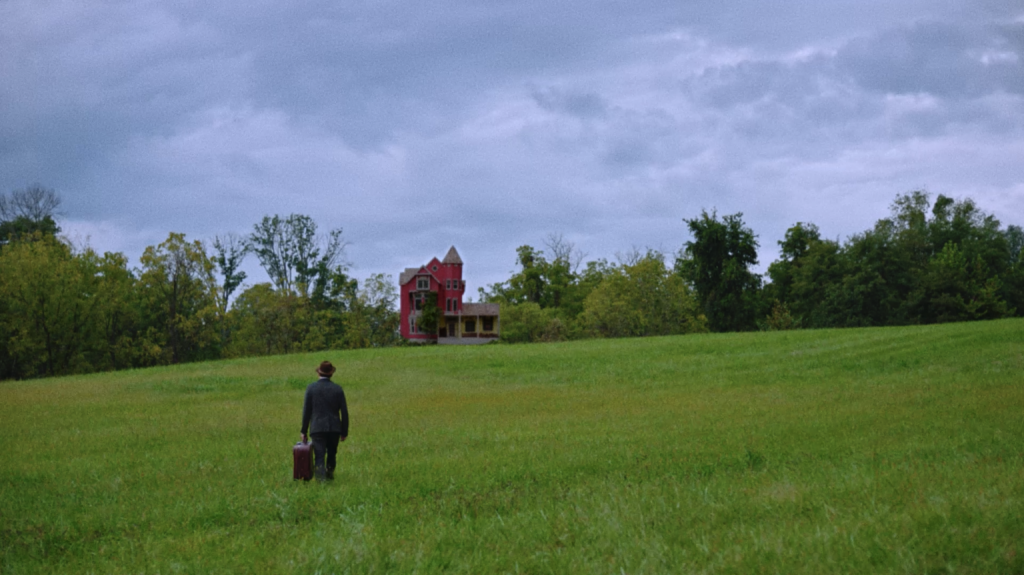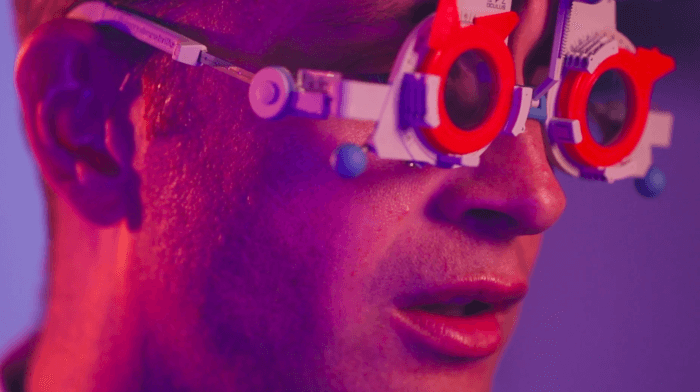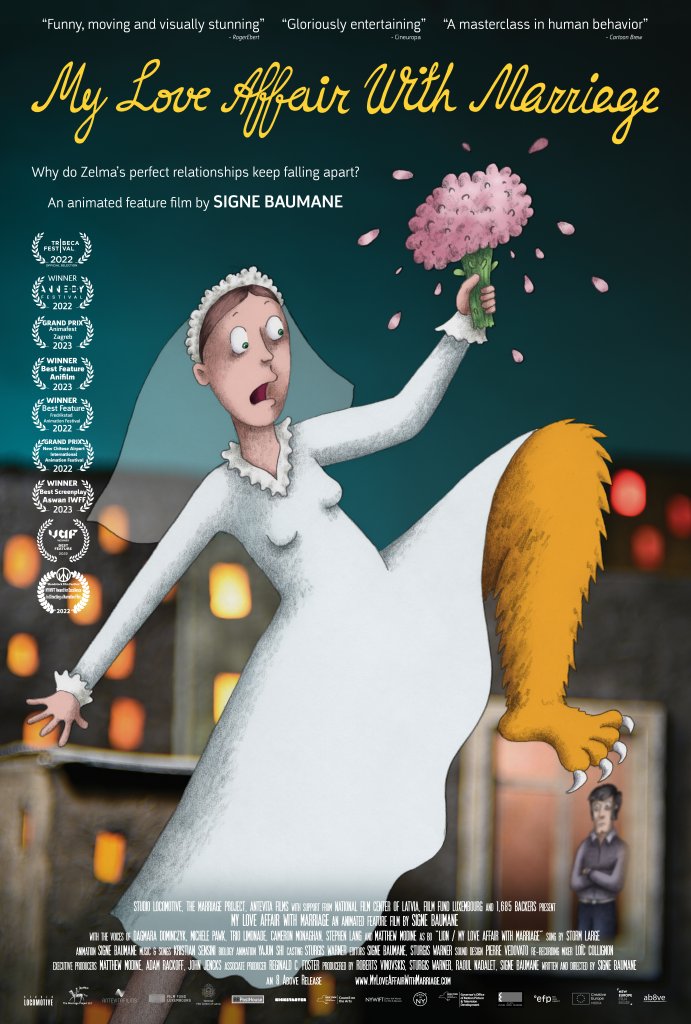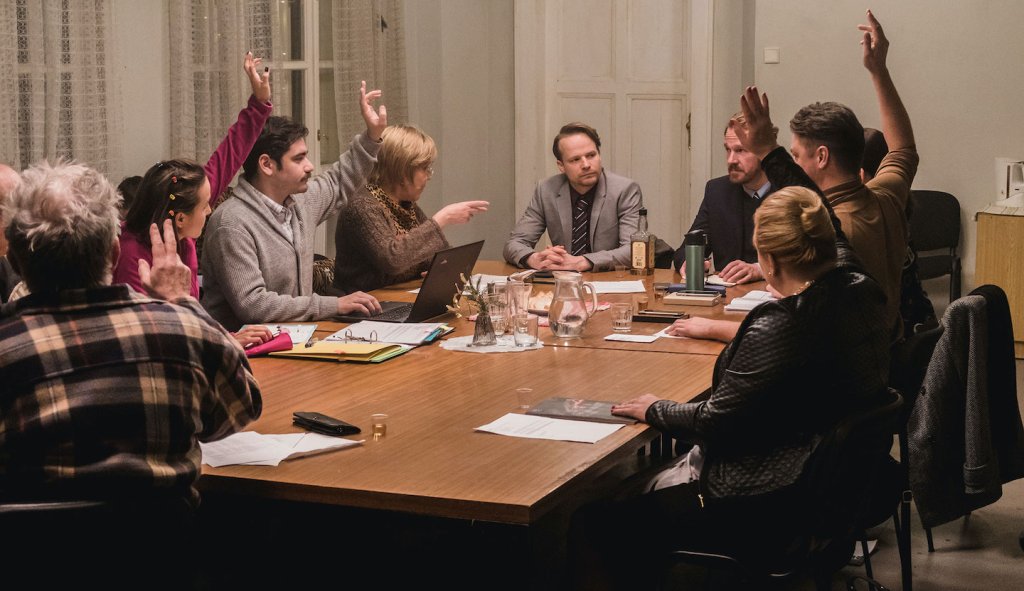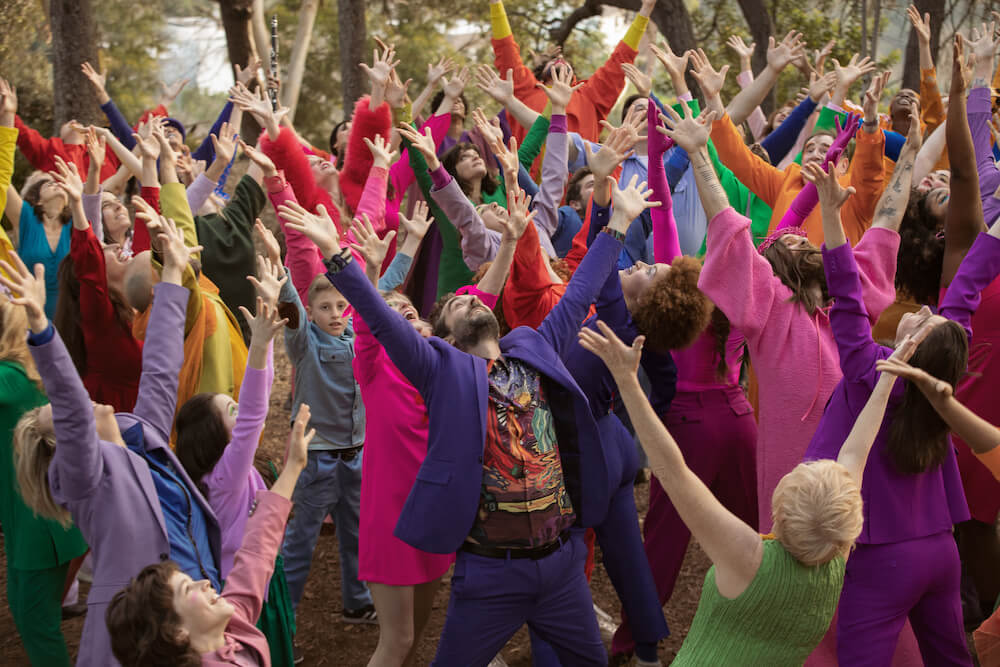Interview With ‘One Bedroom’ Director Darien Sills-Evans
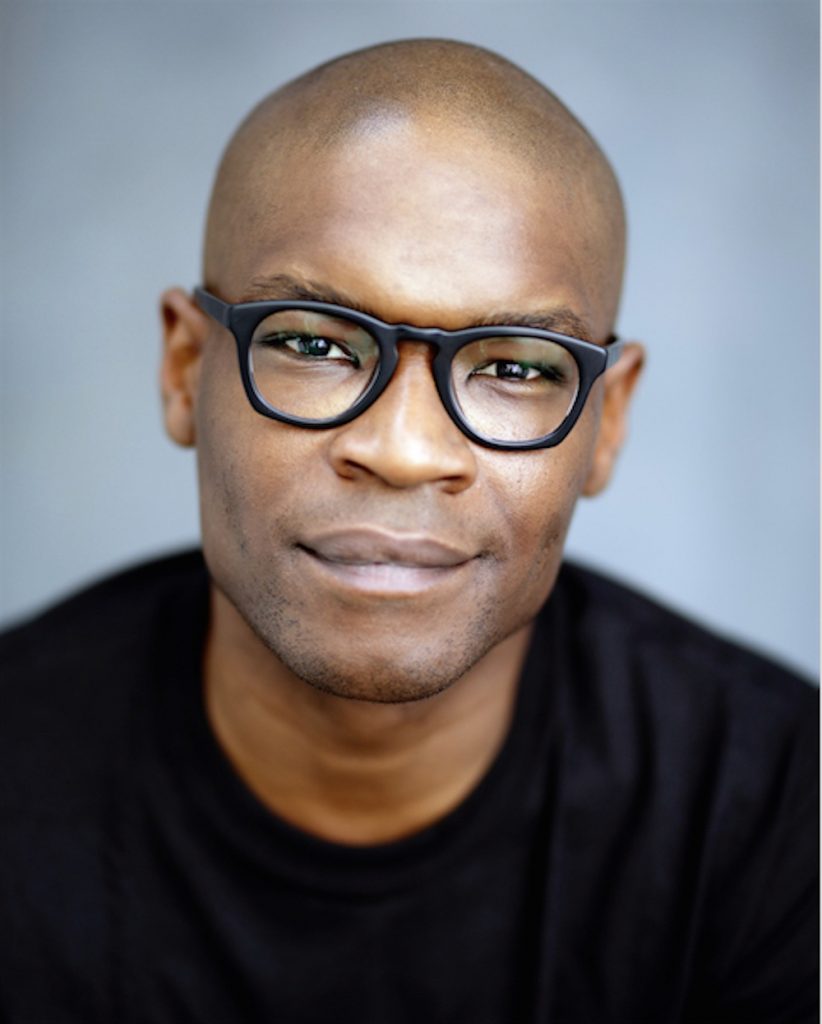
 A break-up is never easy to go through. It might be the end of the story, but it can also be the start of a new one. And, after all, that’s not always the whole story. Darien Sills-Evans’ One Bedroom, in which he also stars, takes a look at this, with characters playing off each other as one begins to leave their one bedroom apartment. We interviewed the director, Sills-Evans, to get a closer look at the story.
A break-up is never easy to go through. It might be the end of the story, but it can also be the start of a new one. And, after all, that’s not always the whole story. Darien Sills-Evans’ One Bedroom, in which he also stars, takes a look at this, with characters playing off each other as one begins to leave their one bedroom apartment. We interviewed the director, Sills-Evans, to get a closer look at the story.
What inspired this story?
I’ve collected a lot of break-up stories over the year from friends and family – and lived a few myself. Moving out of a space you once shared with a lover can be one of the most complicated things someone can experience.
What is the purpose of the “narrator” poet during the opening sequence?
We wanted to get the audience into the minds of the main characters, without it being heavy-handed exposition in the actual narrative. The characters in our film never say the word “gentrification”, but it’s always on their minds.
What inspired the Brooklyn setting?
I was born and raised in Brooklyn and lived there until recently. Brooklyn is a part of me, and a part of every film I’ve made so far. For this story, the Brooklyn setting was perfect. A gorgeous low-rent Brooklyn apartment is something many people want, especially as rents soar.
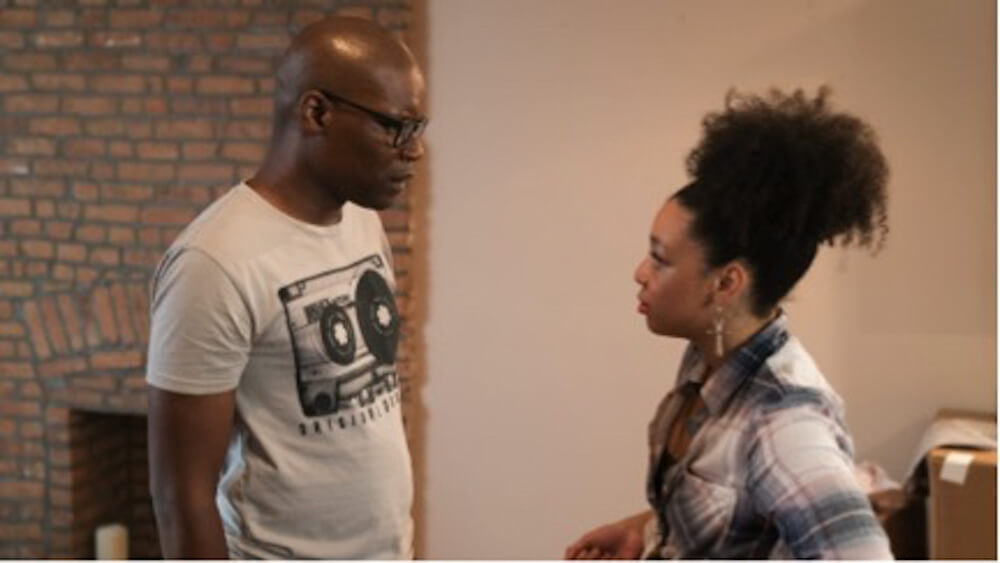
They say everyone loves a love story, but we get few looks into a straight break-up. What was it like basing a story around the end of a romance?
I’ve always found the break-up to be one of the most fascinating aspects of being in a relationship. How you break up is often a reflection of how the relationship played out. Passionate angry break-ups usually mean a passionate relationship. I also have always wanted to do a romantic comedy, but I hate that girl-bumps-into-boy nonsense and they fall in love. I really wanted to see what happened to people when they were walking away. Deciding to get married or breaking up are the two decisions that matter the most in a serious relationship.
The film also appears to cut back and forth between flashbacks. What inspired that format?
I wanted the audience to like they were hearing the story from Nate in the barber shop. In my experience, people often skip around when they tell stories. Non-linear storytelling is our natural state. I’ve never written a story that wan told in a non-linear way and I really wanted to attempt it.
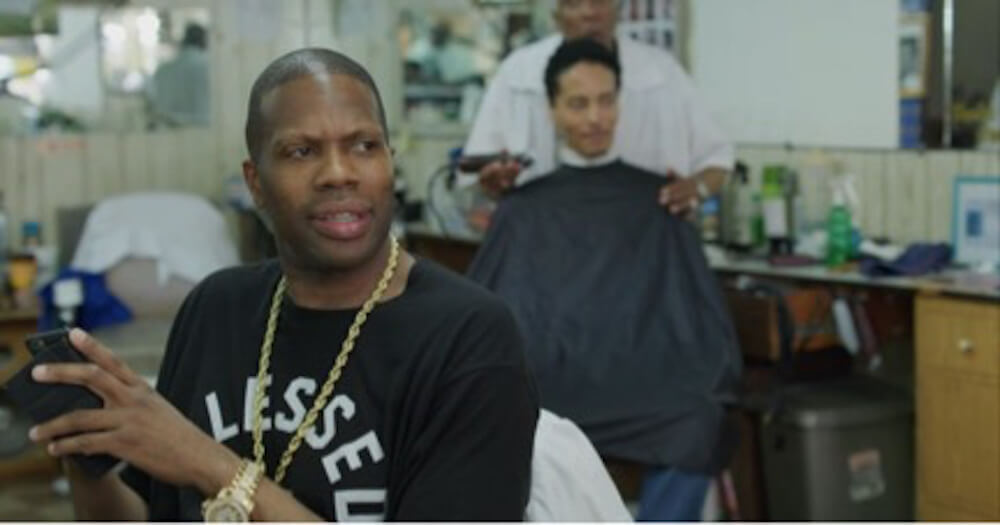
We are introduced to the story initially through Nate’s perspective (the scene in the barbershop), but Melissa seems to be the character that goes through the story’s main development. What is the audience meant to think of this bait-and-switch?
The “bait-and-switch” is intentional, but not many people catch it. We start with Nate’s point of view, but end with Melissa’s. Also, because Nate is telling the story, it was important that Melissa has more to do and shows more growth. Nate sees her, he doesn’t see himself or his flaws.
Seriously, how did you make those Melissa and Nate dolls for the packing scene?
Hahahaha! Those dolls were not in the script, but my Production Designer (Suni Mayo-Simpson) pitched them to me in pre-production. They were made by her daughter (Imani Simpson). I wasn’t sure about them, but the first time I saw them I loved them. They’re in my office now and I get to see them every day.
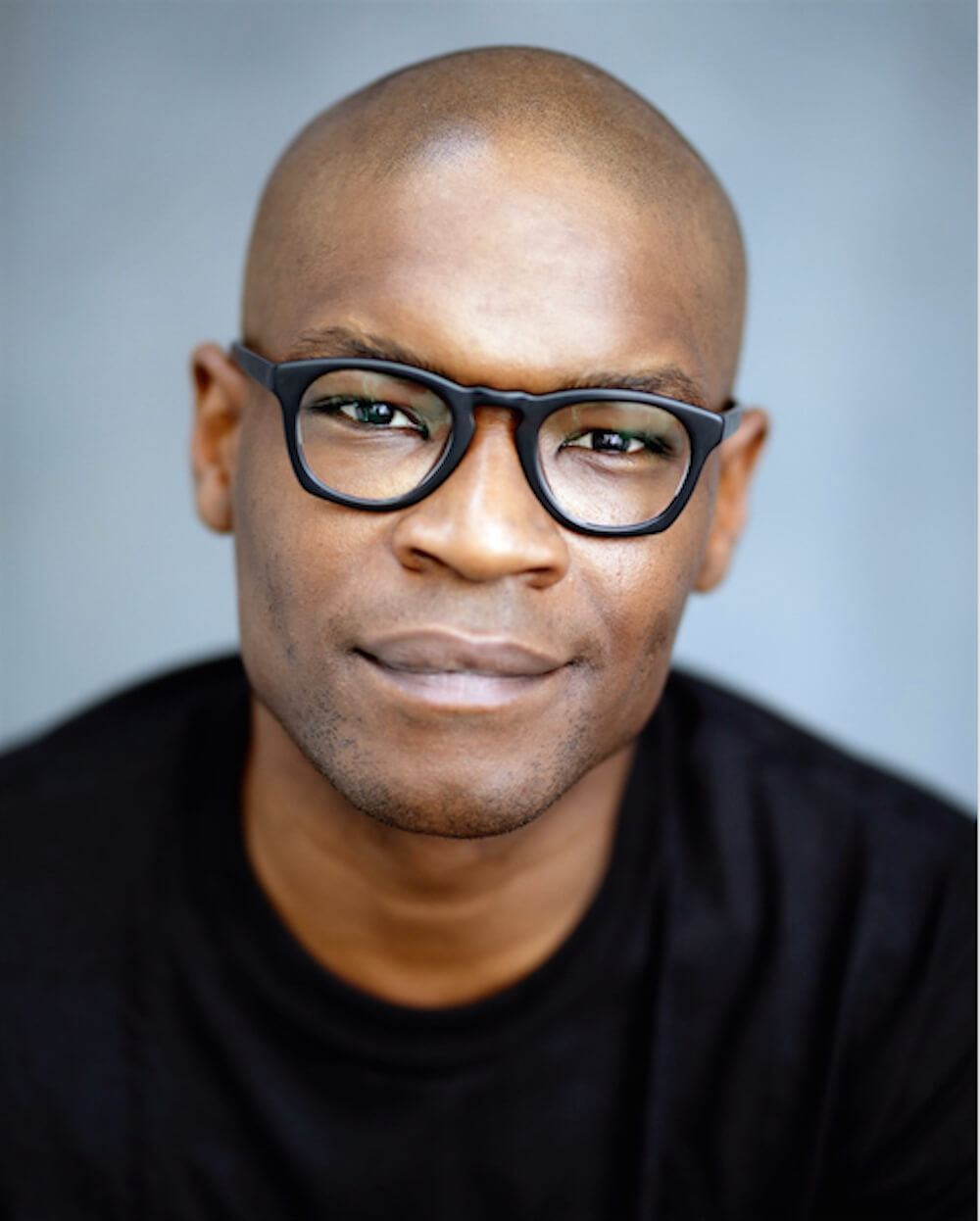
Tell us about your future projects.
I’m currently developing two feature projects that I hope to make. Don’t want to jinx anything, but we will announce our next project soon.



